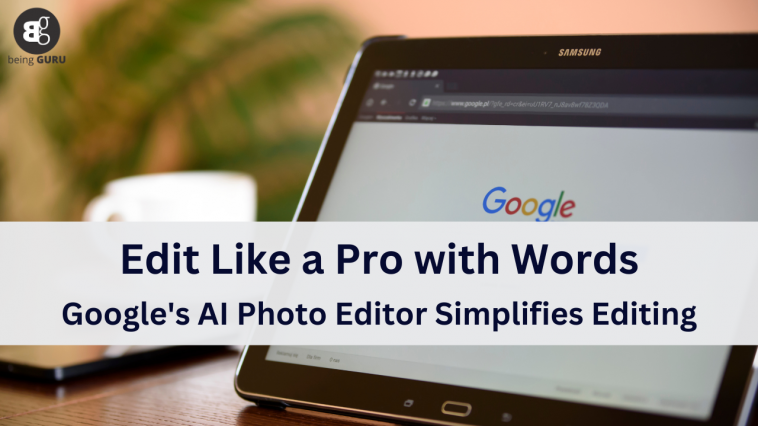Google has been passionately pursuing artificial intelligence and machine learning for a number of years, and the keynote talk for I/O 2023 only served to highlight this. One of the more exciting uses for this technology is image creation, and Google’s research in this field culminated in Imagen, a text-based image production tool similar to Midjourney and DALL-E 2.
Now, Google is releasing research exhibiting Imagen Editor, where local photo editing may be done with just a few sketches and text instructions.
The Google Imagen tool is already skilled at producing original images based only on text instructions. Because Imagen doesn’t yet support altering specific image elements, if you’re not happy with the outcome you’re typically obliged to rearrange your prompt, polish it, and run the image generator again.
Google recently revealed research for Imagen Editor and EditBench, two tools that can guide modifications with text prompts but are still in development.
Imagen Editor requires a photo that has to be modified, a written prompt from the user outlining the change, and a masked region defining where the modification needs to be made. This is different from producing new photos using a prompt.
The end result is editing that is restricted to the area you specified and customized to the given prompt. The outcomes are very realistic and natural-looking photos.
The method used by Google’s new tool, which is technically referred to as “inpainting,” is similar to picture restoration or, as we would most appropriately put it, a synthesis of Google AI and Adobe Photoshop’s Content Aware Fill. To account for imperfect or erroneous masks, the researchers created new encoders for Imagen Editor and added an object detection module to the AI.
A program named EditBench is also used in the research to assess the outcomes of text-guided inpainting. The benchmark assessed alterations on both human- and AI-generated photos based on 240 image datasets, looking at parameters such as the edited objects, and their qualities like shape, size, number, and suitability for the scene.
Google discovered that object masking improves image-text alignment, making Imagen Editor superior to DALL-E 2 and StableDiffusion in all the categories EditBench tested.
Unfortunately, Google won’t be making Imagen Editor available to the general public because of unidentified worries about the appropriate use of AI. Recently, the firm put up a framework to control the growth of AI, and perhaps, some strict restrictions may be set up before granting individuals access to products like Imagen Editor.
The good news is that EditBench is entirely accessible and unrestrictedly free to help advance AI research. We continue to believe that the foundation model, Imagen, will soon be incorporated into Gboard.




